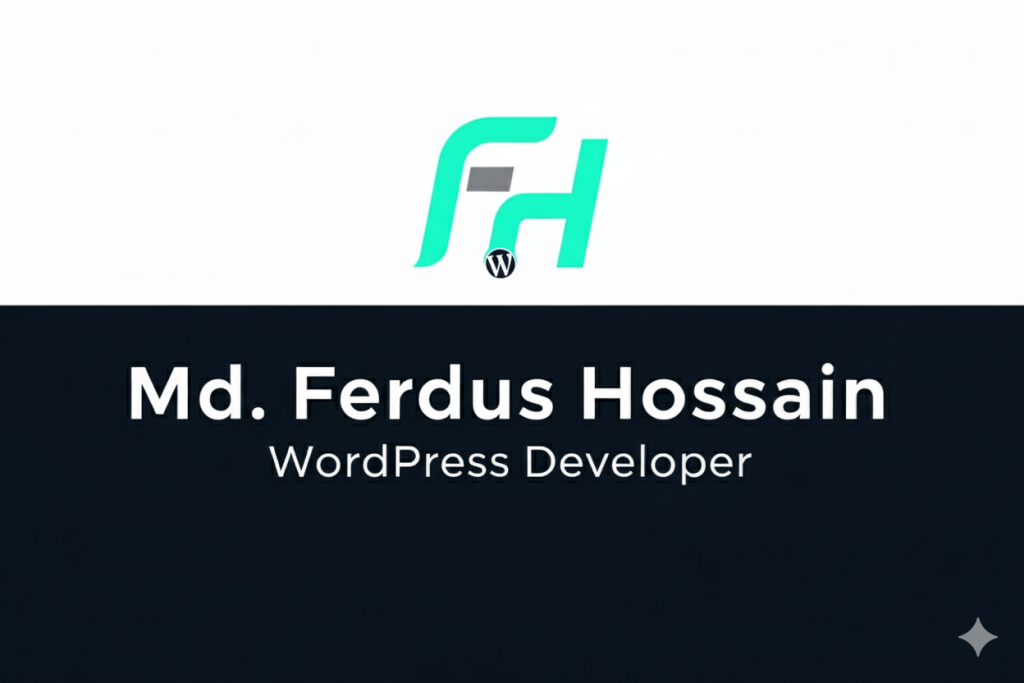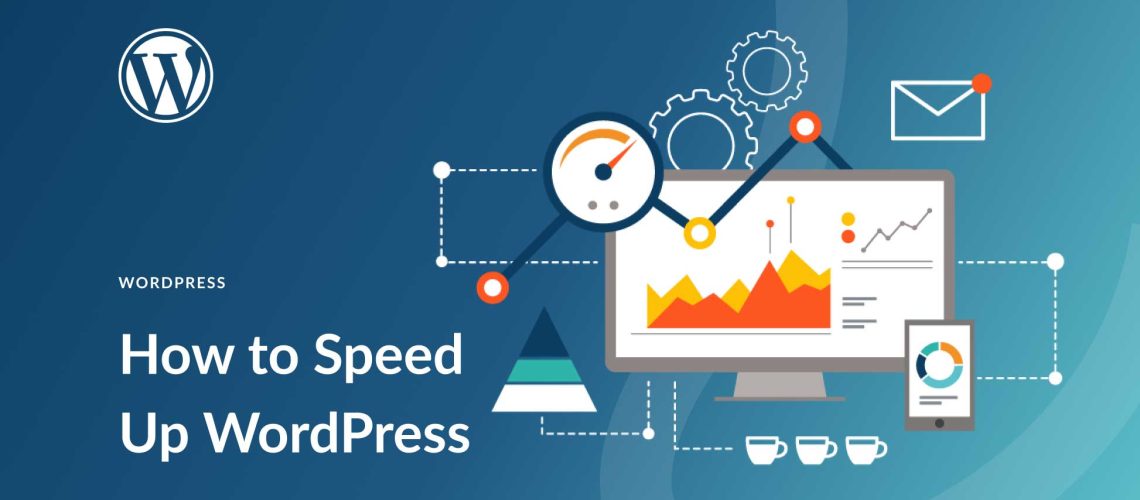Website speed is more important than ever. In 2025, users expect pages to load within 2–3 seconds, and Google prioritizes fast websites in search rankings. A slow website not only hurts your SEO but also drives away potential customers.
If you’re running WordPress, the good news is—speed optimization is very achievable. In this guide, I’ll share proven tips to make your WordPress website lightning fast in 2025.
🔹 1. Choose a Lightweight Theme
Your theme is the foundation of your website. Heavy themes with unnecessary features slow down your site. Go for lightweight and performance-optimized themes like:
-
Astra
-
GeneratePress
-
Hello Elementor
🔹 2. Use a Reliable Hosting Provider
A fast website starts with a good host. In 2025, many businesses are moving to cloud hosting for better scalability. Look for hosting providers offering:
-
SSD or NVMe storage
-
Built-in caching
-
PHP 8+ support
-
CDN integration
Examples: SiteGround, Hostinger, Kinsta, or Cloudways.
🔹 3. Optimize Images and Media
High-resolution images can kill site speed. Always:
-
Compress images using Smush, Imagify, or ShortPixel
-
Use next-gen formats like WebP or AVIF
-
Enable lazy loading so images load only when users scroll to them
🔹 4. Leverage Caching
Caching reduces the work your server does to deliver a page. Install a caching plugin such as:
-
WP Rocket (premium but powerful)
-
W3 Total Cache
-
LiteSpeed Cache (if supported by your host)
This creates static versions of your pages and speeds up loading.
🔹 5. Use a Content Delivery Network (CDN)
A CDN stores your website files on servers worldwide, delivering them from the closest location to the user. Popular CDNs in 2025 include:
-
Cloudflare (free + paid plans)
-
BunnyCDN
-
StackPath
🔹 6. Minify and Combine CSS & JS
Unnecessary CSS and JavaScript files slow down websites. Use optimization plugins like:
-
Autoptimize
-
Asset CleanUp
-
Perfmatters
These plugins minify, combine, and defer scripts for faster loading.
🔹 7. Limit Plugins and Remove Unused Ones
Each plugin adds extra load. Deactivate and delete plugins you don’t use. Always choose well-coded, lightweight plugins.
🔹 8. Enable GZIP or Brotli Compression
Compression reduces file size before sending it to the browser. Many hosts offer it by default, but you can also enable it with plugins or server settings.
🔹 9. Use Database Optimization
Over time, WordPress databases collect junk (revisions, spam comments, transients). Clean it regularly using:
-
WP-Optimize
-
Advanced Database Cleaner
🔹 10. Test and Monitor Performance
Always test your website speed with tools like:
-
Google PageSpeed Insights
-
GTmetrix
-
Pingdom Tools
Aim for Core Web Vitals compliance:
-
LCP (Largest Contentful Paint) < 2.5s
-
FID (First Input Delay) < 100ms
-
CLS (Cumulative Layout Shift) < 0.1
✅ Final Thoughts
Speed optimization is a continuous process. By following these steps—choosing a fast theme, reliable hosting, caching, CDN, and optimizing media—you’ll have a blazing-fast WordPress website in 2025.
A faster website = better user experience, higher Google rankings, and more conversions.
💡 Need professional help to speed up your website? I specialize in WordPress performance optimization. Let’s make your site load in under 2 seconds!
📧 Email: mdf275069@gmail.com
📱 WhatsApp: +8801949175223
🌐 Portfolio: ferdushossain.com

